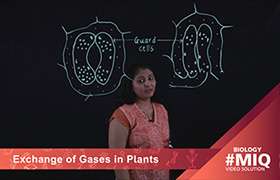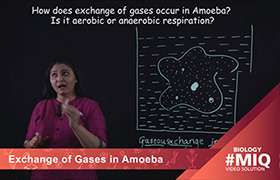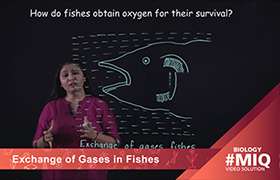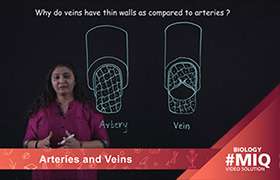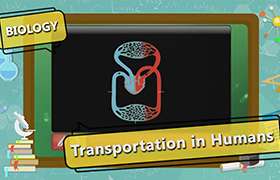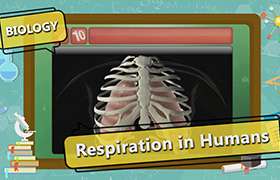CBSE Class 10 Answered
In case of kidney failure, accumulation of poisonous wastes takes place in the kidneys, which can be fatal. In such cases, hemodialysis is employed. It is a method for removing waste products such as potassium and urea, as well as free water from the blood in case of renal failure.
In hemodialysis, the patient's blood is pumped through the blood compartment of a dialyzer, exposing it to a semipermeable membrane. During this passage, the waste products from the blood pass into the dialysing fluid by diffusion. The purified blood is then returned via the circuit back to the body. Here, ultrafiltration occurs by increasing the hydrostatic pressure across the dialyzer membrane. This is done by applying a negative pressure to the dialysate compartment of the dialyzer. This pressure gradient causes water and dissolved solutes to move from blood to dialysate, and allows removal of several litres of excess fluid during a typical 3 to 5 hour treatment. This is similar to the function of kidney, but it is different since there is no reabsorption involved.


